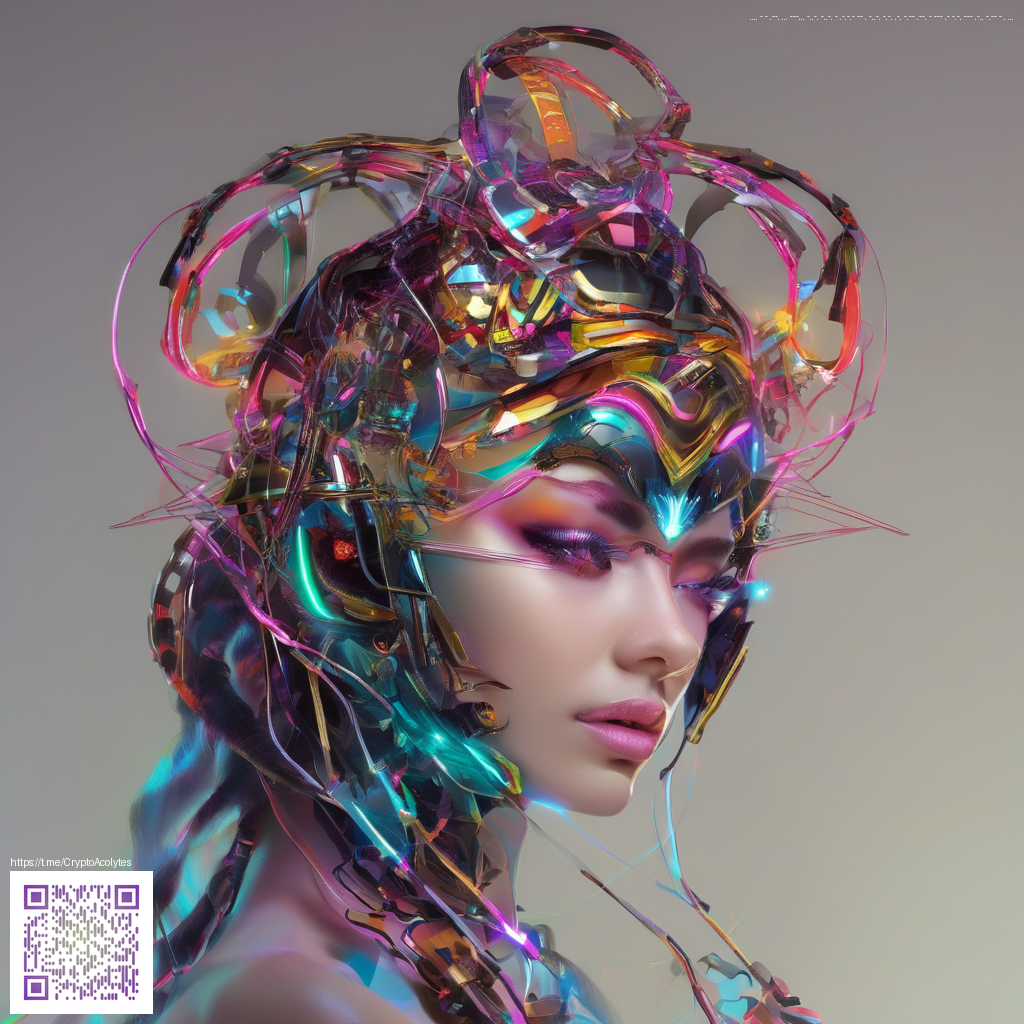
Designing Bold Typography Effects in Photoshop
Typography is more than a decorative choice; it’s a voice. In bold, high-contrast designs, type becomes a guiding beacon that directs the viewer’s eye and communicates mood within seconds. Photoshop provides a rich toolbox to push typography beyond flat text—from depth-inducing bevels to electric neon glows. When you blend these techniques thoughtfully, you don’t just write words; you craft an experience.
As you explore these effects, you’ll notice that the real magic happens when you layer subtle details. A benign bevel can add just enough dimensionality; a crisp stroke sharpens edges against busy backgrounds; a well-tuned gradient overlay makes the color pulse with life. The result is typography that feels tactile even on a flat screen, which pairs nicely with bold, neon-inspired aesthetics often seen in gaming and tech branding.
Core effects you’ll use
- Bevel & Emboss: adds dimensionality, suggesting raised or carved letterforms that catch light from a chosen direction.
- Stroke: defines edges with clean lines, ensuring readability on busy imagery or dark backgrounds.
- Gradient Overlay: introduces color transitions, perfect for neon palettes and dynamic energy.
- Outer Glow / Inner Glow: creates a luminous halo around letters, simulating neon or light bleed on a dark canvas.
- Drop Shadow: lifts the text from the background, increasing legibility and visual impact.
To ground these techniques in a real-world example, consider the branding cues you’d see on the product page for the Neon Gaming Mouse Pad. The bold typography there harmonizes with a neon-lit color story, offering a practical reference for how strong type can anchor a visually busy design without losing clarity.
A practical workflow
- Start with your headline or title text and adjust kerning for a compact, impactful look.
- Convert the text to a Smart Object so you can revisit the edits non-destructively.
- Apply Layer Styles: Bevel & Emboss to add depth, followed by a crisp Stroke to strengthen the edges.
- Experiment with Gradient Overlay using a bold neon palette (electric blue, hot pink, lime) for maximum energy.
- Build glow with Outer Glow and Inner Glow. Choose a bright hue with a soft, expansive glow; tune the size and spread to taste.
- Finish with a subtle Drop Shadow to separate the typography from the background while preserving legibility.
When you’re aiming for legibility across devices, test at smaller sizes and in grayscale to ensure the contrast remains strong. Neon-inspired palettes can be stunning, but they risk losing readability if the glow overwhelms the strokes. Balance is key: you want glow to amplify, not overpower.
“Typography isn’t decoration; it’s a signal.”
If you’re seeking broader context, this approach translates well beyond posters and headers. See how typography strategies adapt to different formats on similar content pages, where designers explore consistency across platforms and media.